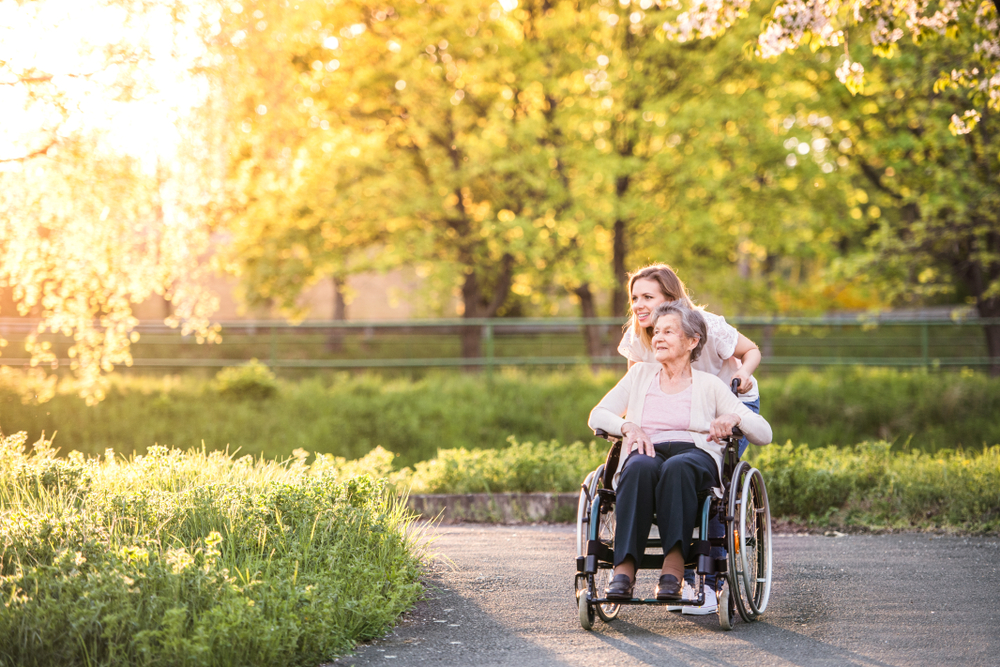The question of how to prevent falls in elderly is one that concerns many, as falls can have serious consequences for seniors. Understanding the importance of fall prevention and implementing necessary measures can greatly enhance the quality of life for older adults. It is crucial for family members and caregivers to recognize potential hazards and take proactive steps to minimize risks. In this comprehensive guide, we explore the various strategies and tips on how to prevent falls in elderly.

Understanding Why Falls Happen
Falls occur due to various reasons, including weakened physical capability, environmental hazards, and medical conditions. Identifying the primary causes specific to each individual helps in formulating effective prevention strategies.
Physical Weakness and Balance Issues
A common factor contributing to falls is physical weakness. Age-related muscle decline affects balance and coordination. Activities that improve strength and flexibility can mitigate these risks. Encouraging seniors to partake in exercises suited to their abilities proves beneficial.
Environmental Hazards
Home surroundings can be full of potential tripping hazards. Ensuring pathways are clear, installing handrails, and using non-slip mats can significantly reduce fall risks. Efforts should be made to maintain a safe and accessible environment.
Health and Safety Assessments
Periodic health assessments help in identifying fall risks. Conditions like dizziness or dizziness in elderly at home can increase fall risks. Addressing these medical concerns with healthcare professionals is vital.
Medication Management
Certain medications can have side effects that affect balance and coordination. Regular reviews with healthcare providers can ensure that medications are taken correctly and minimize adverse effects.
Vision and Hearing Checks
Impaired vision or hearing can contribute to falls. Routine checks allow for timely interventions such as prescription glasses or hearing aids, enhancing sensory perception and security.
Promoting a Safe Living Space
Creating a safe home environment is crucial. This involves addressing both major renovations and minor adjustments to make living spaces safe for seniors.
Bathroom Safety
Bathrooms are common sites for falls. Installing grab bars, using shower chairs, and applying non-slip flooring can significantly enhance safety in the bathroom.
Lighting Improvements
Adequate lighting is essential, especially in areas like stairs and hallways. Nightlights and motion-sensor lighting can help in preventing falls during nighttime.
Nutritional Support for Older Adults
Proper nutrition is pivotal in maintaining strength and vitality. Encouraging a balanced diet that includes vitamins and minerals supports overall health and can reduce fall risks. For more on improving appetite in elderly, refer to additional resources.
Exercise Programs for Fall Prevention
Tailored exercise programs focusing on balance, strength, and flexibility empower seniors to stay active and mobile. Physical activities should align with individual capabilities and preferences to ensure consistent engagement.
Balance Exercises
Incorporating balance exercises such as Tai Chi or simple practices like standing on one foot can build stability. Regular practice leads to significant improvements in coordination.
Strength Building
Incorporating light weight-lifting or resistance exercises can enhance muscle strength. The goal is to build enough physical resilience to avoid and withstand falls better.
Community Resources and Support
Many communities offer resources such as fall prevention workshops and support groups. Engaging with such networks provides seniors with the support system needed for maintaining safety and independence.
The Importance of Education and Awareness
Educating both seniors and caregivers about fall prevention is essential. Understanding risks and learning how to address them equips everyone involved to take proactive measures.
Future Trends in Fall Prevention
Technological advancements are continually emerging, offering innovative solutions for fall prevention. Devices like smart fall detectors or wearable technology assist in quick response and provide peace of mind for both seniors and their families.
Creating a Culture of Safety
A culture that prioritizes safety and promotes awareness empowers seniors and their families to take the necessary steps in preventing falls. By fostering an environment of constant vigilance and care, we can minimize fall risks and enhance the quality of life for older adults.
Conclusion: A Collective Effort for Prevention
Preventing falls in elderly individuals requires a collective effort, combining immediate home adjustments with ongoing education and support. By taking proactive measures, seniors can enjoy a safer, more independent life. For further information on creating a comprehensive home care plan, refer to trusted sources.

FAQs
1. What immediate steps can I take at home?
Start by removing tripping hazards, securing rugs, and installing grab bars where needed. Improve lighting and keep pathways clear.
2. How often should elderly individuals exercise?
Participation in light to moderate exercises several times a week is beneficial. Consult with healthcare providers for personalized recommendations.
3. Are there specific diets that help prevent falls?
A diet rich in calcium, vitamin D, and proteins supports bone and muscle health, contributing to fall prevention. Combining nutrition with regular exercise offers the best outcomes.
This article contains affiliate links. We may earn a commission at no extra cost to you.

